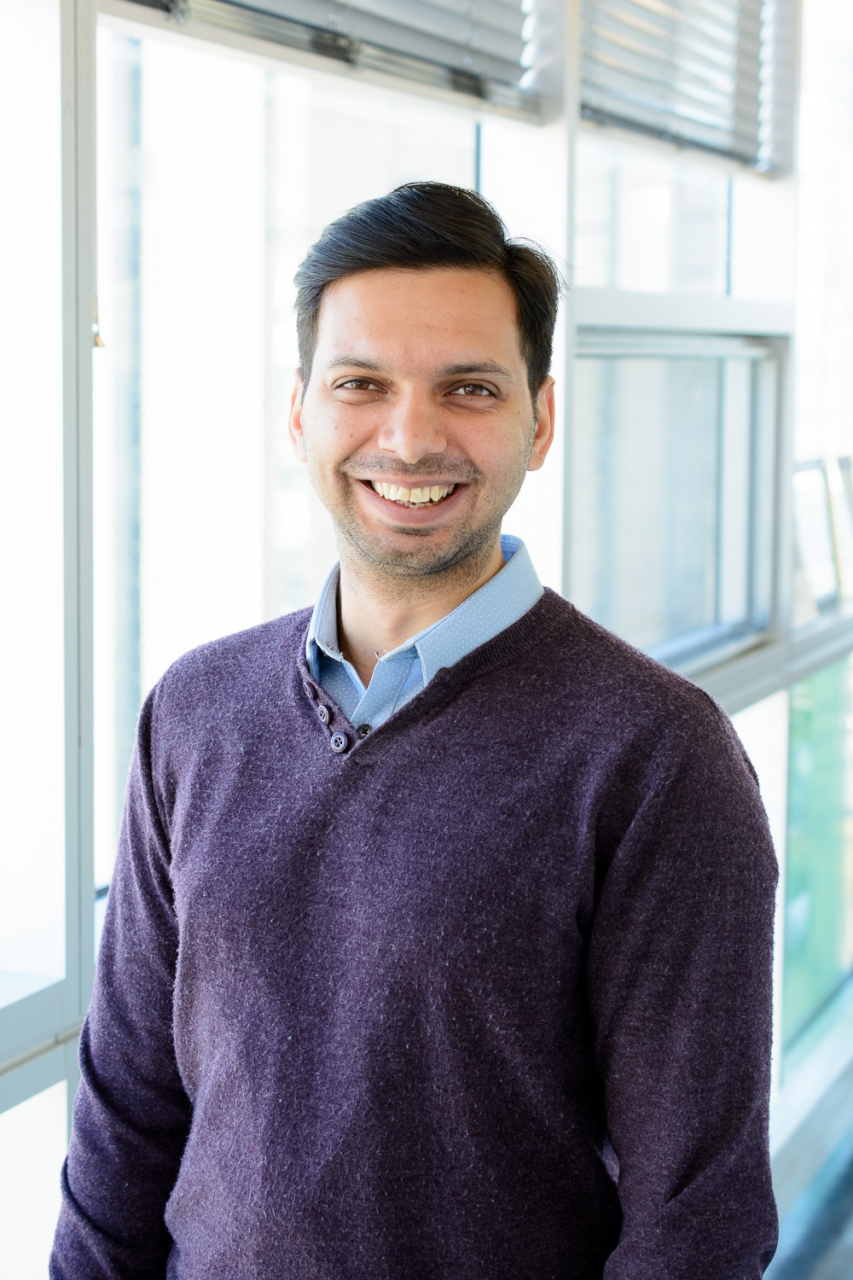Biotechniques released an interview with our member Himanshu Kaul about his recent work achievements.
Please can you introduce yourself and your research background?
I am Dr. Himanshu Kaul, and I am a Royal Academy of Engineering Research Fellow at the University of Leicester (UK). Currently, I havecross-appointments with the School of Engineering and the Department of Respiratory Sciences. I am a biomedical engineer by training. I did my bachelor’s at Arizona State University (AZ, USA) and then moved to the UK to do my PhD at the University of Oxford (UK). I then undertook a postdoc with Professor Peter Zandstra first at the University of Toronto (Canada) and then at the University of British Columbia (Canada). I also had a stint at the University of Sheffield working as part of the AirPROM consortium. My research focuses on multiscale emergent bioengineering. This entails the development of in vitro and in silico approaches to understand how processes, mechanisms and phenomena integrate across scales, from one layer of decision-making, be it genomic, gene regulatory or network-oriented, to the cell- and tissue-levels. Essentially, I integrate in vitro, in vivo and in silico approaches, so we can better understand why certain diseases emerge; what are the multiscale mechanisms mediating the emergence of these diseases; and how can we use that knowledge to create better therapies for our patients? Over the course of my career, my focus has been on asthma, but I’ve also worked in stem cell bioengineering with Professor Peter Zandstra (University of British Columbia) investigating the emergence of germ-layer markers in pluripotent stem cell colonies. It’s certainly been a rewarding journey and I have enjoyed learning about different cultures and meeting new people along the way.
You recently published a study using virtual cells in a virtual microenvironment to recapitulate early development-like patterns in human pluripotent stem cell colonies. Can you give an overview of the computational model used in the study?
The fundamental goal was to understand the earliest decision-making steps during human development. There are different ways you can approach this. For example, via gene regulatory networks (GRNs) or reaction-diffusion models. GRNs are networks that help understand how molecular regulators that interact with each other and other intracellular components regulate functions of a cell. GRNs consist of nodes, which represent genes and their regulators, and edges, which represent the relationship between the nodes, for example, whether gene A activates or represses gene B, etc. Boolean GRN models represent the nodes as either OFF or ON. Despite this simplification, Boolean GRN models can reveal dynamic properties of the system. With reaction-diffusion models, you will typically use differential equations to capture interactions between two diffusible molecules, and how that influences the overall spatial gradients of those molecules. My approach was to create a multiscale framework to study the phenomenon bottom-up: from the gene network layer to the tissue layer. So, I developed a gene-regulatory agent-based reaction-diffusion modeling environment (GARMEN). We started with a very simple GRN of human peri-gastrulation to capture aspects of human gastrulation in a dish. These gene networks were embedded within agents, which represented human pluripotent stem cells (hPSCs): essentially virtual hPSCs. The GRN regulated cell fate, meaning it dictated whether the virtual cell changed its state (i.e., differentiates) or decided to release a certain protein. The virtual cells were embedded within a dynamic environment, where the spatial and temporal signal gradients could change due to virtual cell activity. These virtual cells, therefore, mediated changes in the environmental signals over time and, as a result, the virtual cells themselves underwent changes, essentially differentiating based on the concentration of the local signal molecules. This enabled us to couple GRN activity. with tissue-level outcomes. In summary, the critical novelty of the study was the multiscale approach that allowed us to discretize GRNs in space. By embedding the GRNs in agents, we were able to link thousands of GRNs in space and understand the spatial and temporal changes between the different agents, how the GRN was acting within these virtual cells and how the different decision-making layers were evolving in sync with each other. This was not feasible previously.
[...]
Read the full interview here